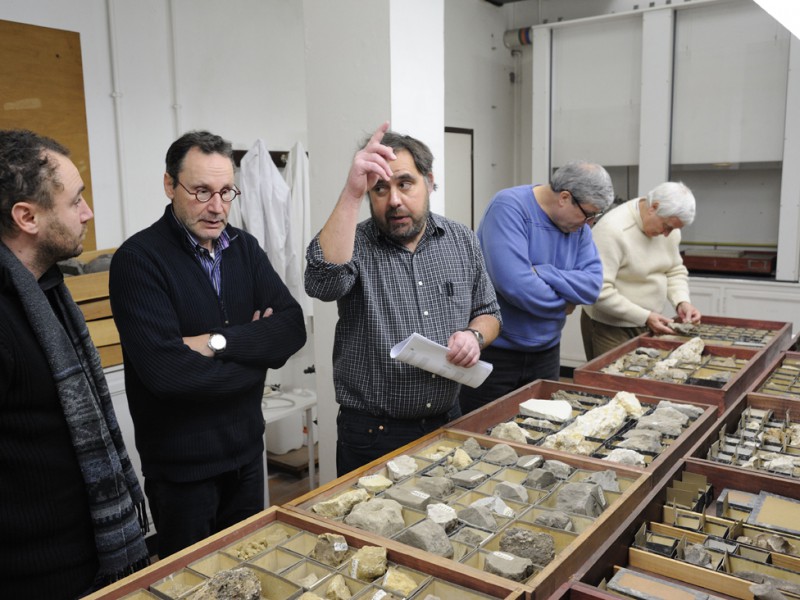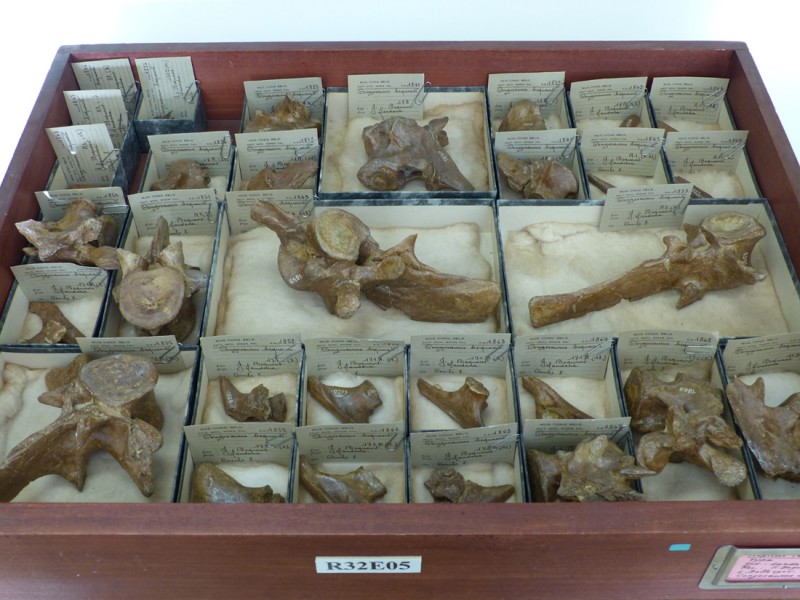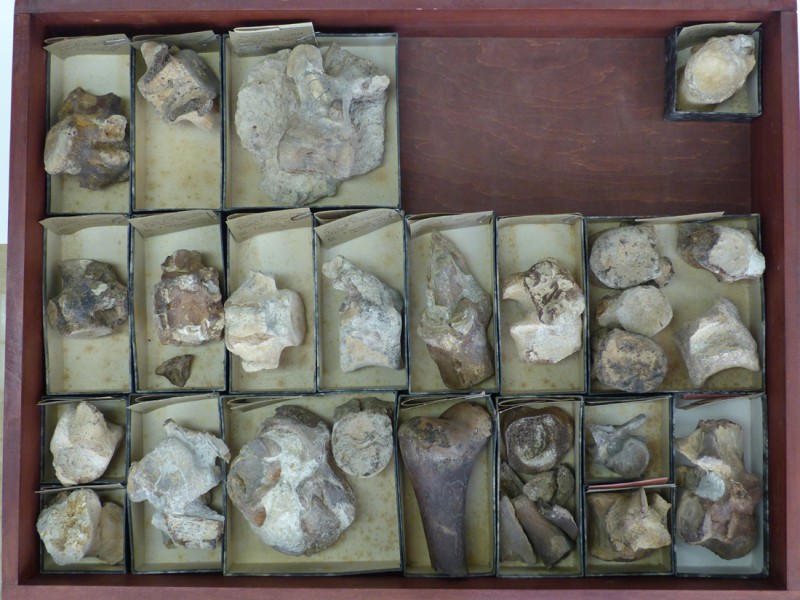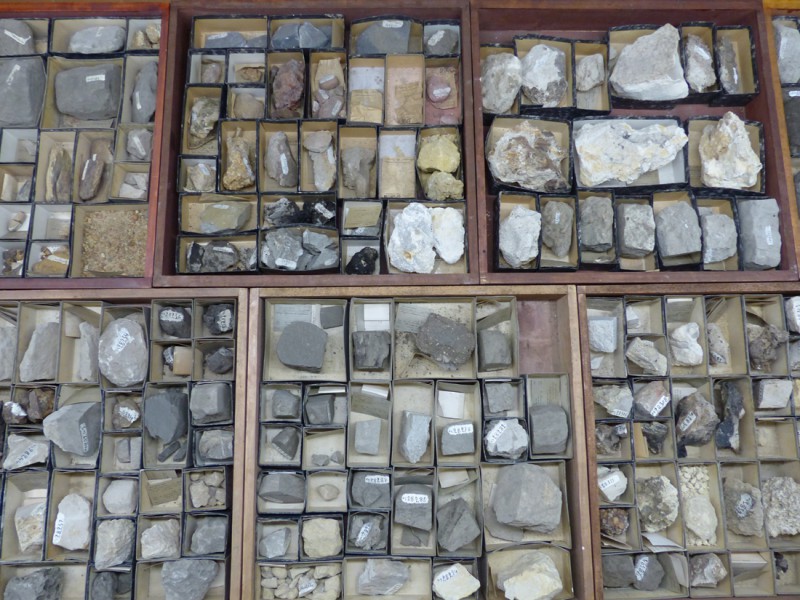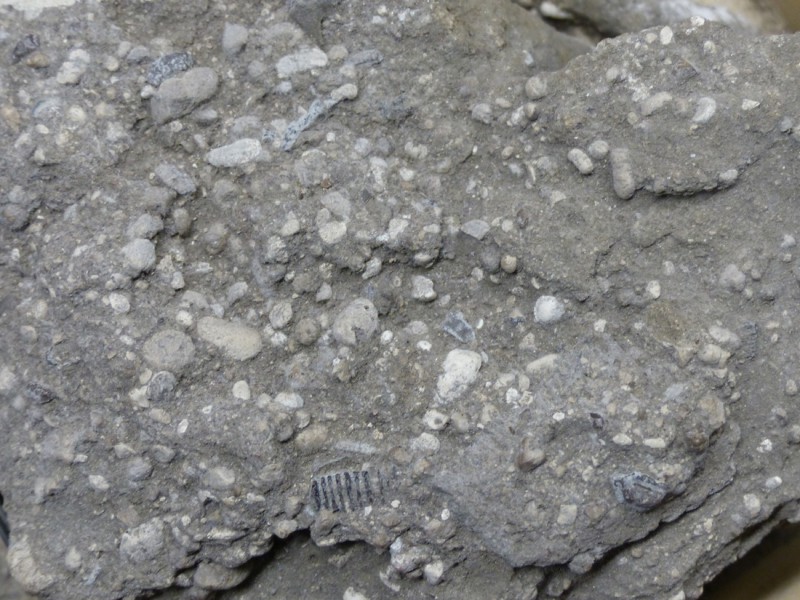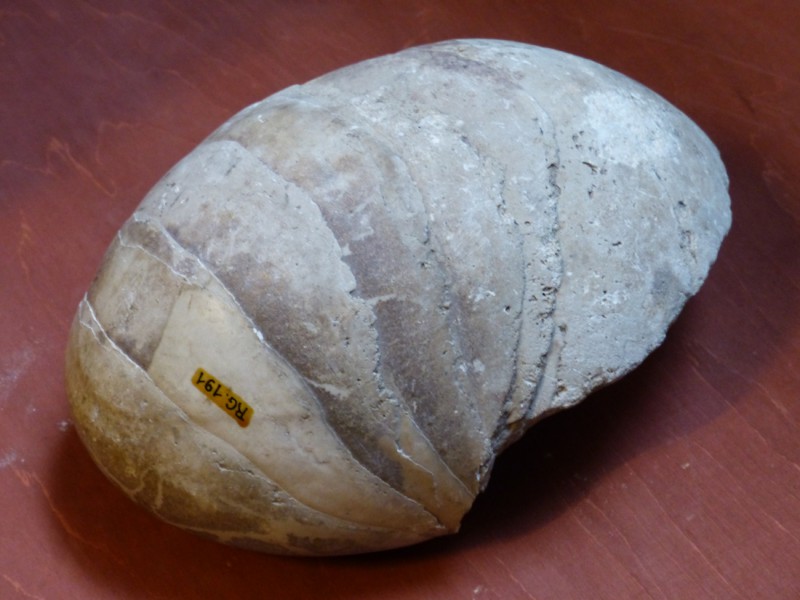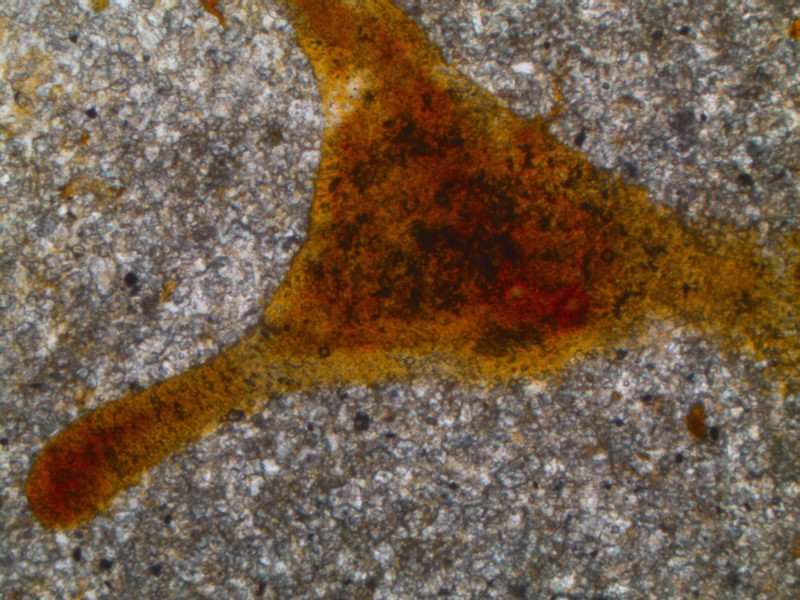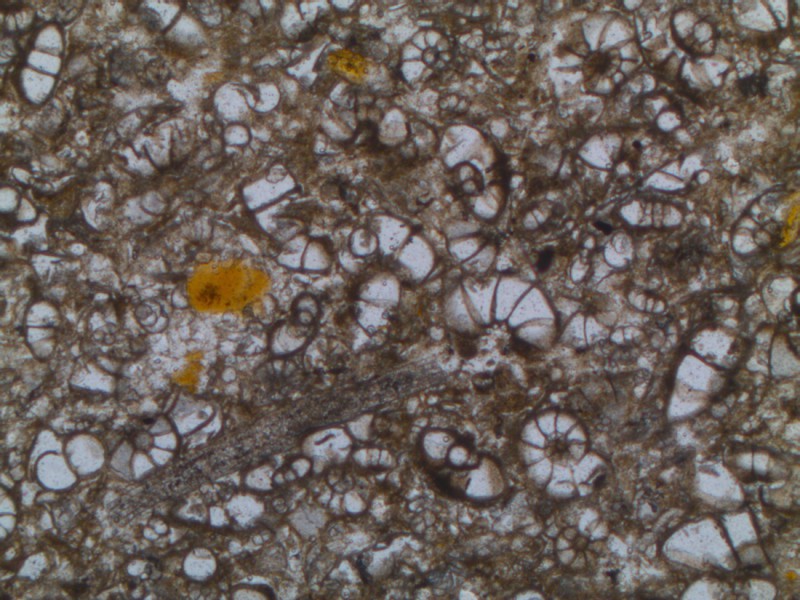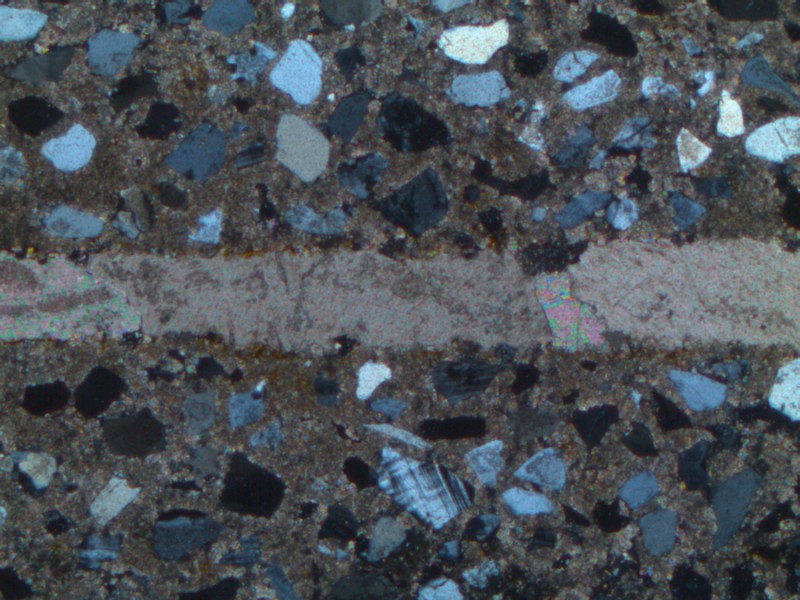The sediments and fossils studied for the project belong to the Paleogene, a poorly-documented period in the geological history of Central Africa. At that time, the Congo Basin experienced a starvation period, with limited contemporaneous deposition both in the continental part of the basin and in the offshore sediment fan. The Landana section provides a 35m-thick sediment record of a Lower Paleocene to Neogene interval. The section is composed of Paleogene shallow-marine foraminiferal limestone (~25m thickness), followed by Neogene terrigenous clastics. The RMCA team focuses on the sedimentary analysis of the section, including recognition of sedimentation gaps, paleosurface levels and mineral diagenesis. With age information derived from new biostratigraphical data provided by other project partners, events recorded by the Landana section will provide valuable information on Congo Basin dynamics during the Cenozoic. As part of the project, the collection of fossil specimens from Landana and other localities in western Central Africa, housed at the RMCA since the beginning of the 20th century, is being inventoried and reorganized. This has increased the accessibility of the collection, allowing its valorisation through revision of several taxa by project partners. Sedimentological analysis of fossil-bearing strata, and valorisation of historical collections at the Royal Museum for Central Africa

